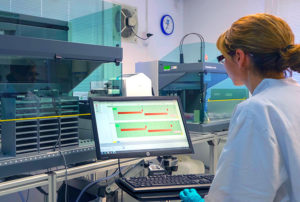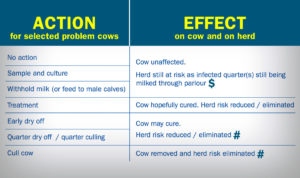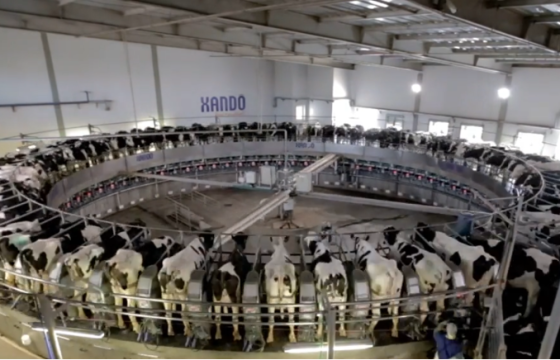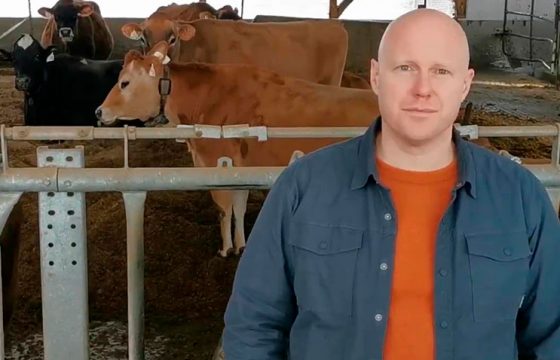SCC in milk: Have an overview on how your farm is performing!
Hope you have been able to recharge your batteries over the Christmas holidays and continue learning about Somatic Cell Count (SCC) in milk and how these can help you to prevent mastitis in dairy cows. In previous posts, we stressed the importance of understanding what somatic cells in milk are and how to interpret them at an individual level. It is now time for us to talk about what we can do at herd level.
HERD LEVEL DIAGNOSIS
The effective text book characterization of bacteria as Contagious / Environmental pathogens is no longer sufficient.
Characterization resulting in a Herd level diagnosis of Contagious / Environmental and Lactation origin / dry period origin is more appropriate.

The diagnosis will be influenced by:
- Prevalence of potential mastitis pathogens isolated.
- Transmission patterns shown by data.
- Management / risk assessment profile.
So let’s see how we make the diagnosis:
- 1. Look at an overview of the data – Lactation origin or Dry period origin?
- 2. Look in detail at transmission patterns – Contagious or Environmental?
In the market, you can find different software that analyzes data from SCC in milk. This info we give here is only used as a basic example, and before purchasing any software of this type, we recommend you to be sure is the most suitable for your specific case.
SCC in milk: A Key Performance Indicator (KPI) of your farm
The first parameter that will give you an overview on how your farm is performing can be something like a table with KPI.
Your herd performance over the last 12 months is the most important parameter against the same herd can be compared of, in that way you can control if there’s been any improvement related to the mastitis in dairy cows.
In addition, a good idea is to compare your farms with some targets for each parameter that is achieved marked as goal by associations as the National Mastitis Council.

$: BMSCC will be reduced by “manipulation” as the high SCC milk is not entering the tank. However, the risk of spread is still present although some form of cluster disinfection or milking last would help.
#: Often by the time chronically infected cows are identified, and eventually culled, spread to other cows within the herd will have already occurred. So even though, as far as the herd is concerned, culling will effectively remove the infection in that cow infection will often be established in other cows which in time may well become chronic high cell count cows themselves.
Keep posted for next week entry where you’ll find more info about other parameters to check related to SCC in milk!
Content originally created for “the Mastipedia”.
Author: Andrew Biggs, Consultant on bovine mastitis and cattle health.


